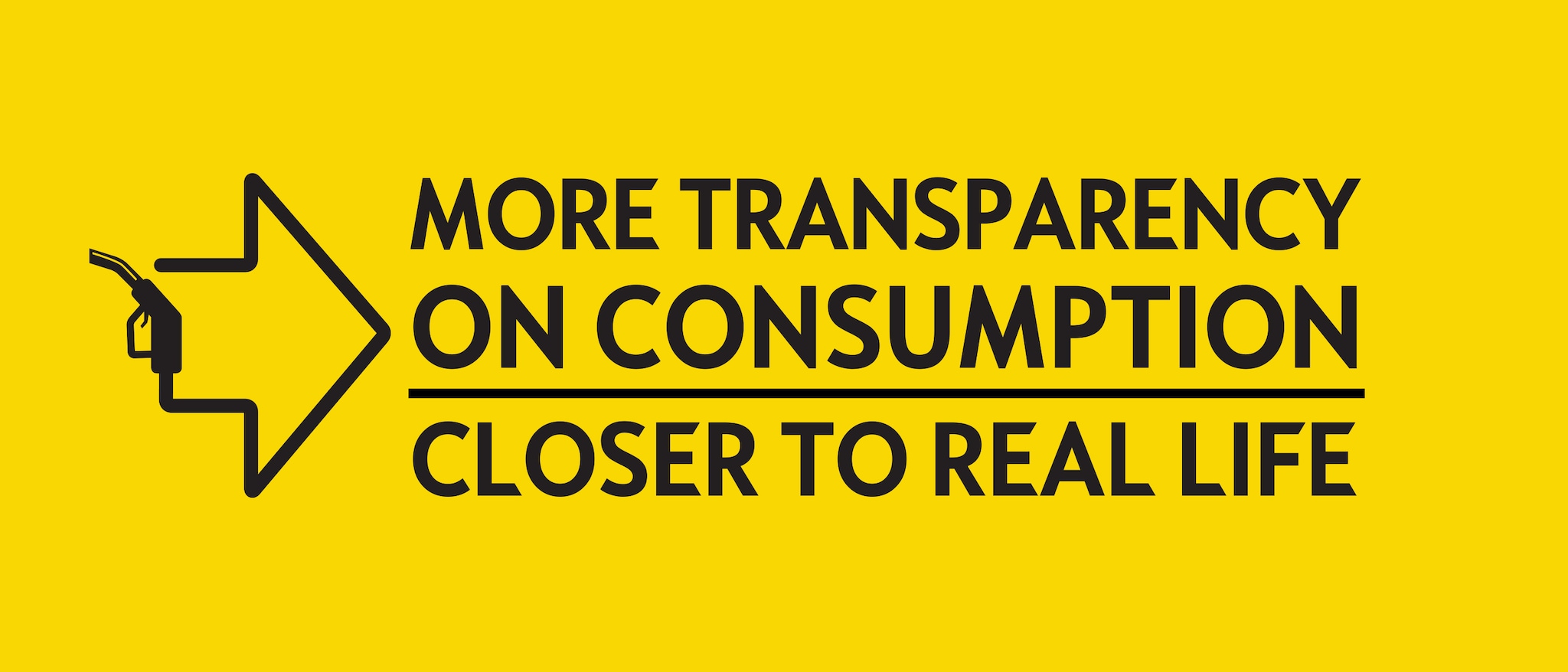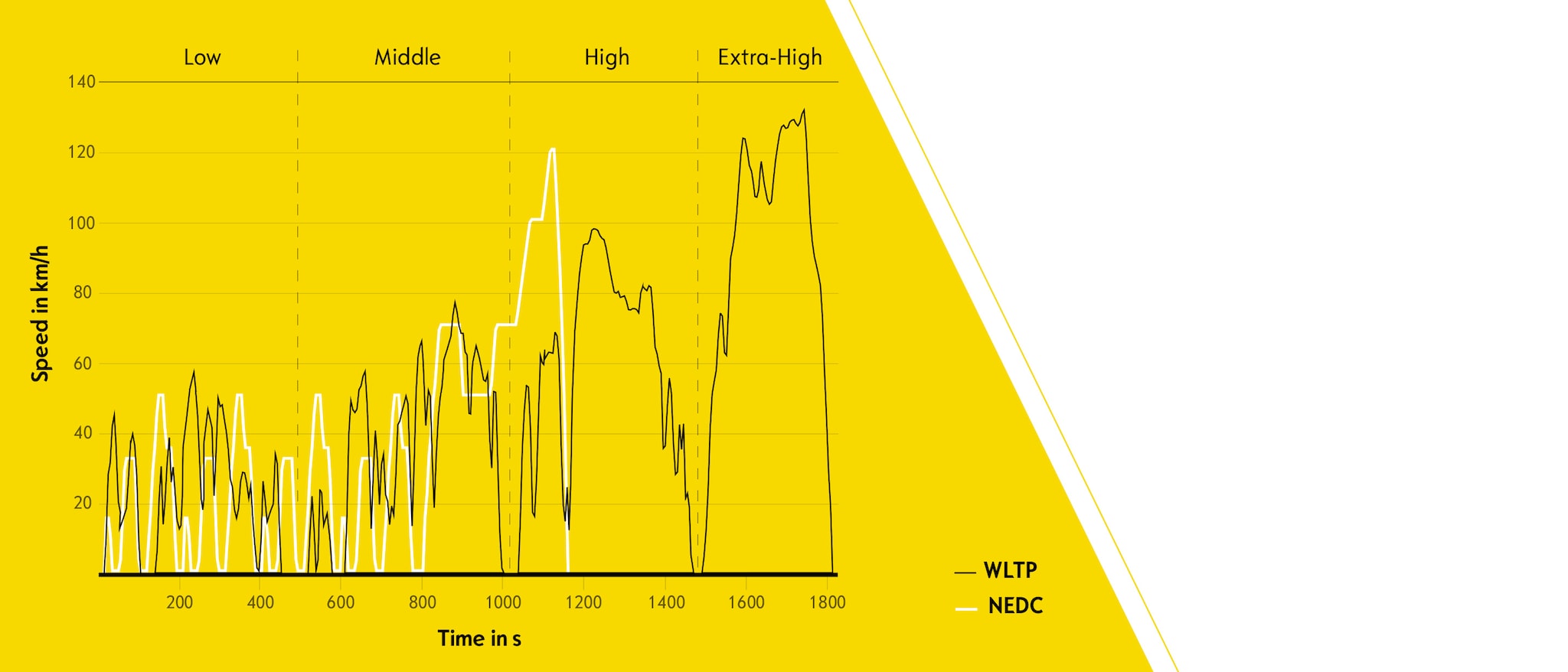 Test Drive
Test Drive 

In order to measure how much fuel a car consumes and whether it complies with strict exhaust emission limits, all new cars undergo a standardised test procedure. Since September 1st 2017, the new “Worldwide Harmonised Light-Duty Vehicle Test Procedure” (WLTP) has been enforced across the EU for new passenger cars. It follows the NEDC (New European Driving Cycle), which was in use since 1992. The publication of the values from the new driving cycle test has been mandatory for all car manufacturers since September 1st 2018. On this page you will find the most important facts about WLTP and how it differs to the NEDC, as well as information about the EURO 6d-TEMP standard and how it relates to the Real Driving Emissions Procedure (RDE).
| WLTP | NEDC | |
|---|---|---|
| Start Temperature | 14 C | 20-30 C |
| Cycle Time | 30 min | 20 min |
| Stationary time proportion | 13% | 25% |
| Cycle length | ca. 23km | ca. 11km |
| Speed | Average: 46.5 km/h Maximum: 131 km/h |
Average: 34 km/h Maximum: 121 km/h |
| Drive power | Average: 7 kW Maximum: 47 kW |
Average: 4 kW Maximum: 34kW |
| Influence of optional equipment, air-conditionining (AC) and rolling resistance. | Optional equipment is taken into account for weight, aerodynamics and rolling resistance. No AC. | Figures take only rolling resistance into account. |
The new WLTP driving cycle takes into account situations that are closer to everyday life than the NEDC standard. It allows you to assess daily consumption better.
The Worldwide Harmonized Light Vehicle Test Procedure (WLTP) was introduced on September 1st, 2017 for new vehicle types. 12 months later it became binding for all passenger cars and thus succeeded the previously used New European Driving Cycle (NEDC). While it is still a lab test, WLTP was introduced with the intention of providing customers with fuel consumption data closer to real driving behaviour and creating a new level of transparency.
WLTP takes into account:
Optional equipment also has an impact on figures determined using the WLTP driving cycle.
You can find the WLTP values for the Opel vehicle of your interest in the Configurator.

The WLTP driving cycle consists of several phases, which are based on everyday driving profiles of motorists from around the world. Compared to NEDC, it is more dynamic, has less stop phases and draws on higher speeds over longer time to reflect today’s driving situations.
Each engine/transmission combination of a certain vehicle type is tested with the most economical as well as the most fuel-intensive vehicle equipment. While the introduction of WLTP has resulted in an increase of published fuel consumption figures and CO2 values, these are now much closer to the actual fuel consumption and CO2 emissions.
| DIFFERENT PROCESSES OF TESTING PROCEDURE | WLTP | RDE | |
|---|---|---|---|
| Temperature | 14 C - 23 C | 3 C - 30 C moderate test conditions | |
| Weight | Empty vehicle + driver + 15% loading | Up to 90% additional load | |
| Duration | 30 minutes | 90 - 120 minutes | |
| Routes | Defined cycle | Any route (city, country, motorway) within the framework of the test conditions |
Under the new emission standards as of Euro 6d-TEMP, vehicles will have to prove their claimed emissions output in the future under more stringent test conditions. This means that the limit values for nitrogen oxides (NOx) and particle emissions not only have to be complied with under the new WLTP laboratory conditions, but they must also be verified in an everyday test.
Therefore, the RDE test procedure (Real Driving Emissions) does not require a fixed driving cycle; distance, acceleration, outside temperature, wind conditions and traffic conditions are freely selectable within given statistical boundary conditions.